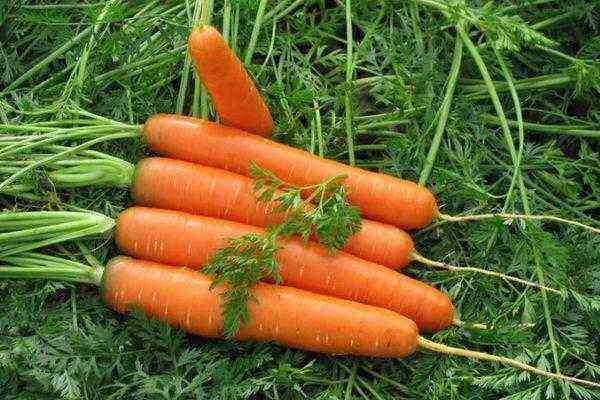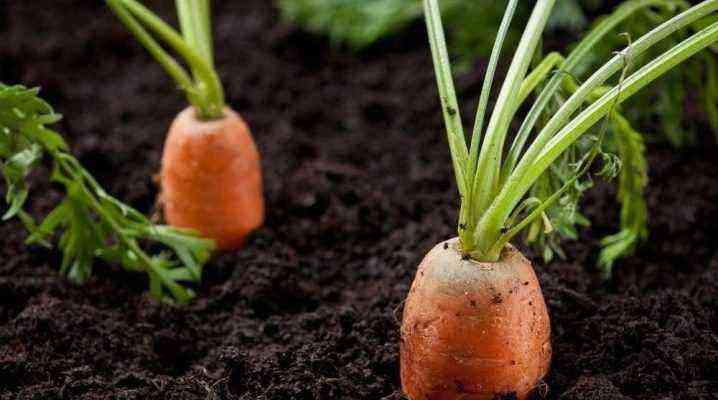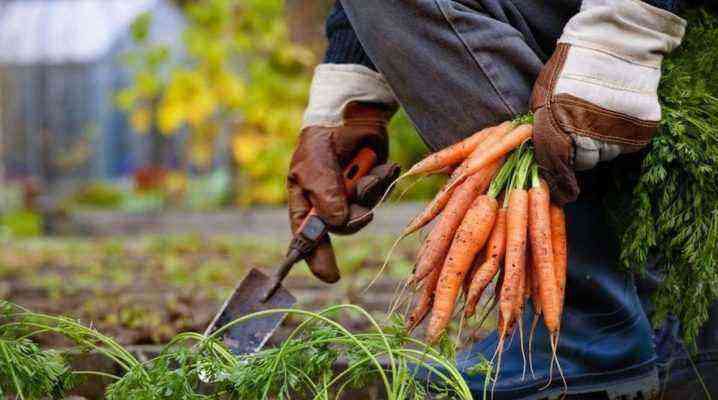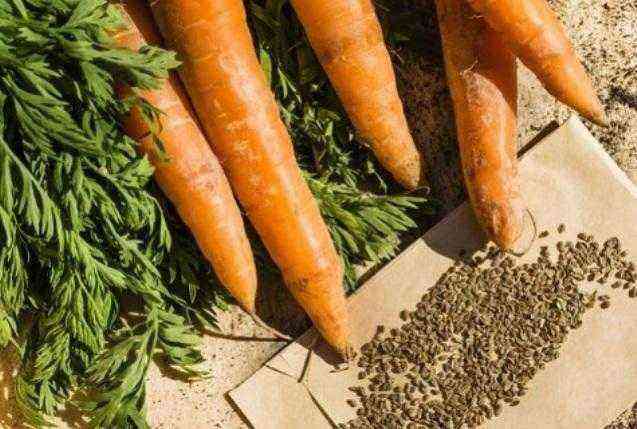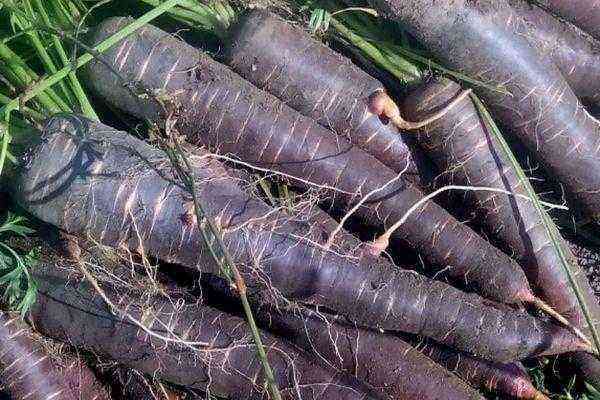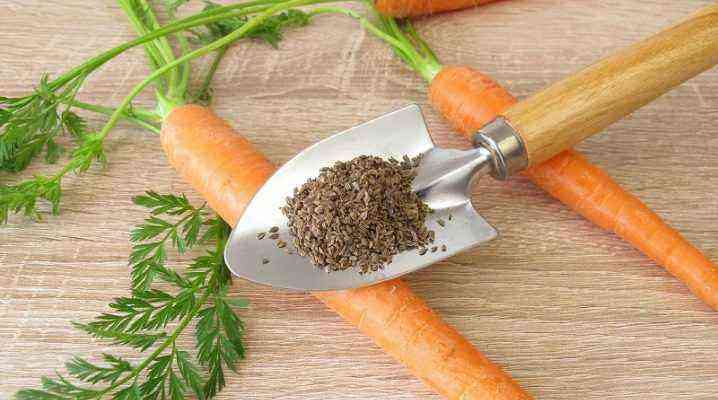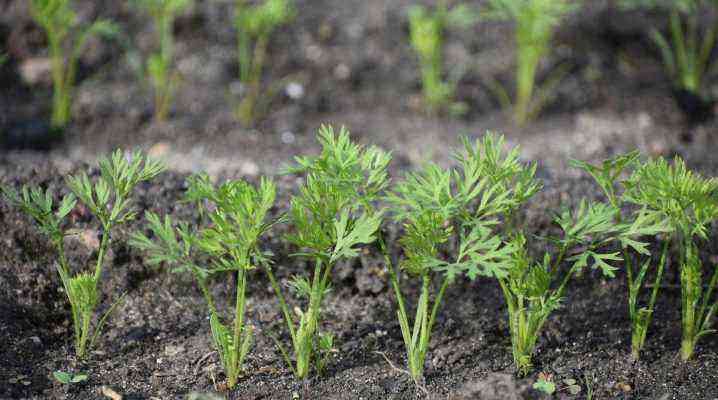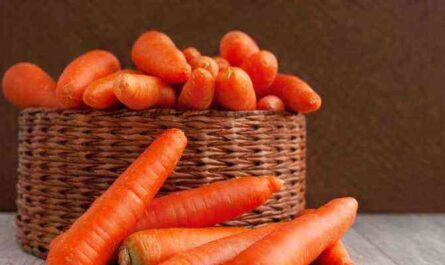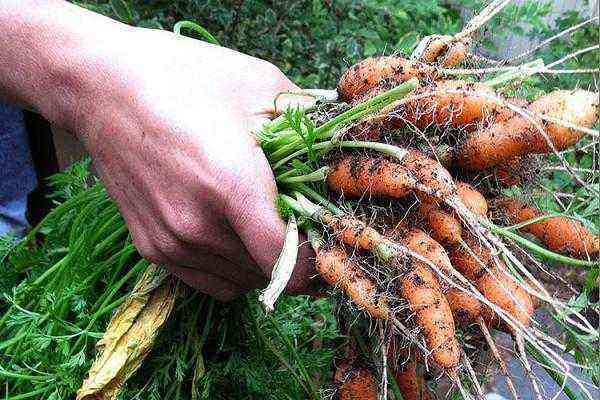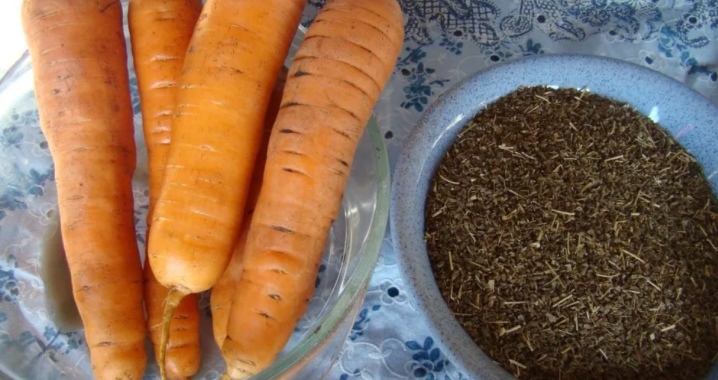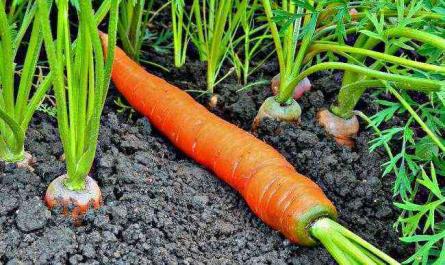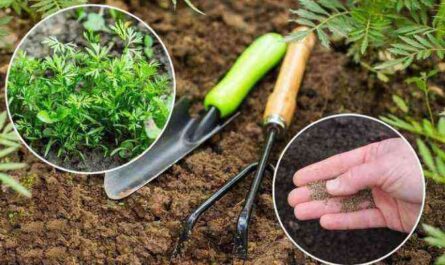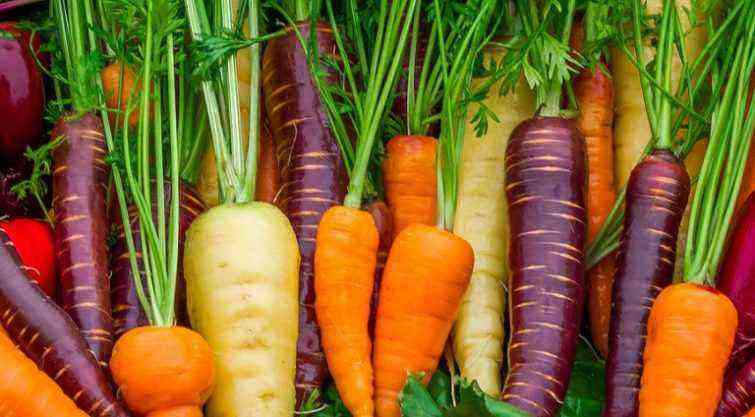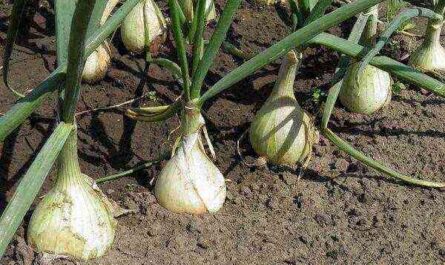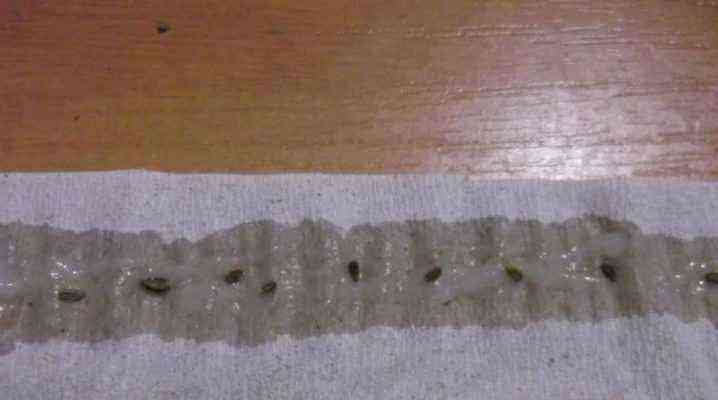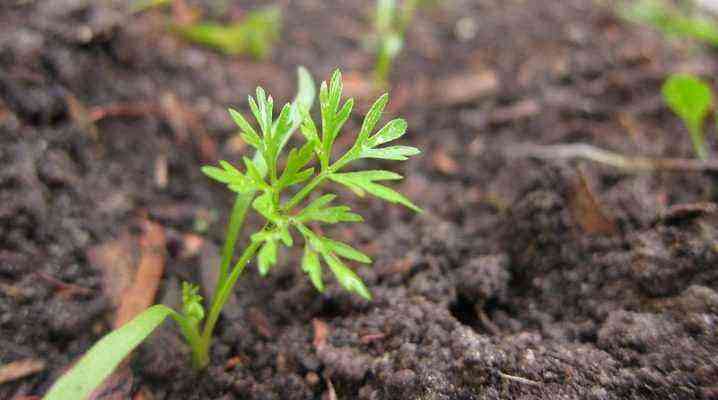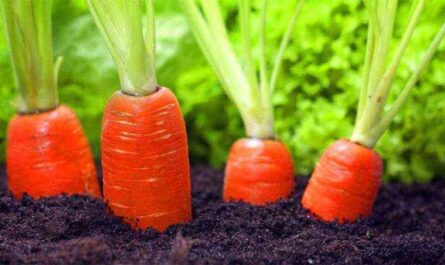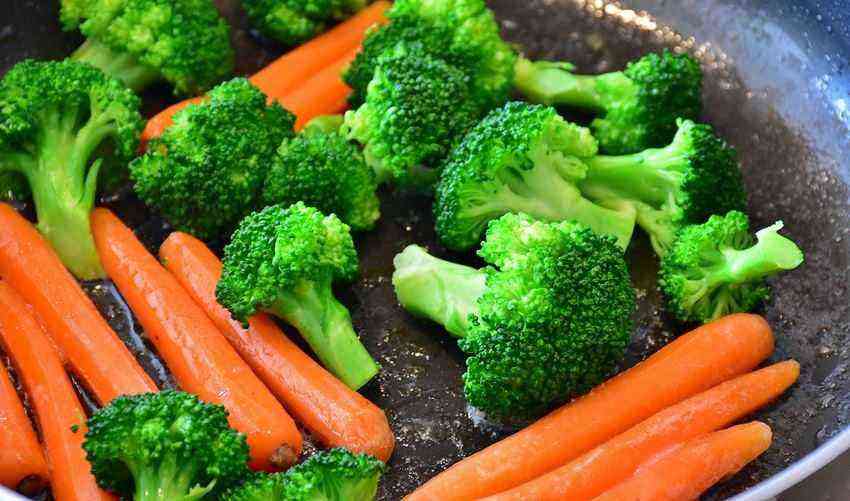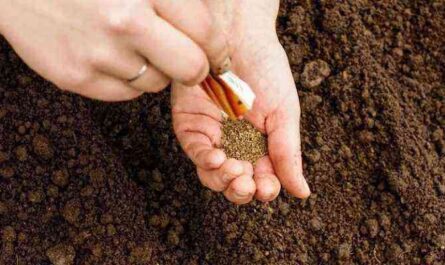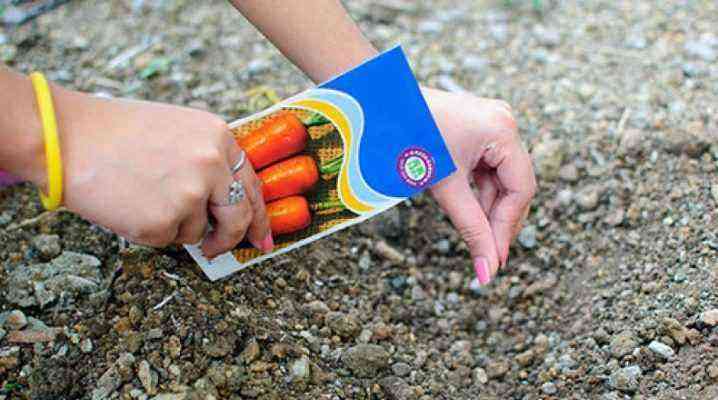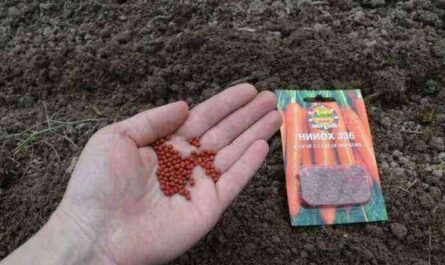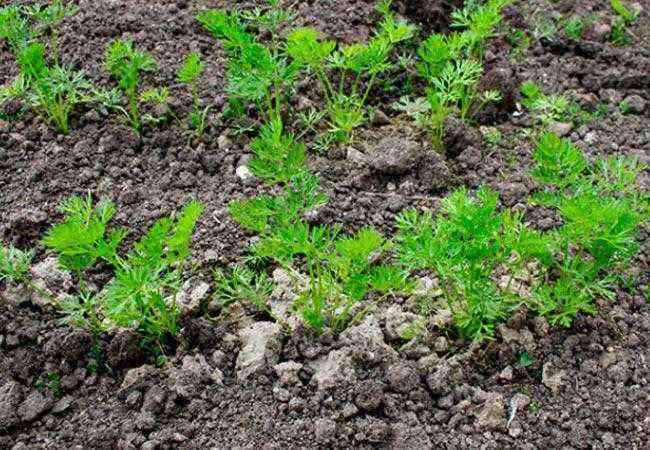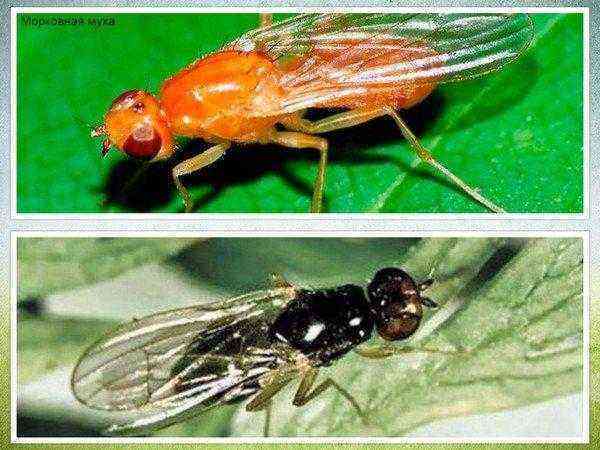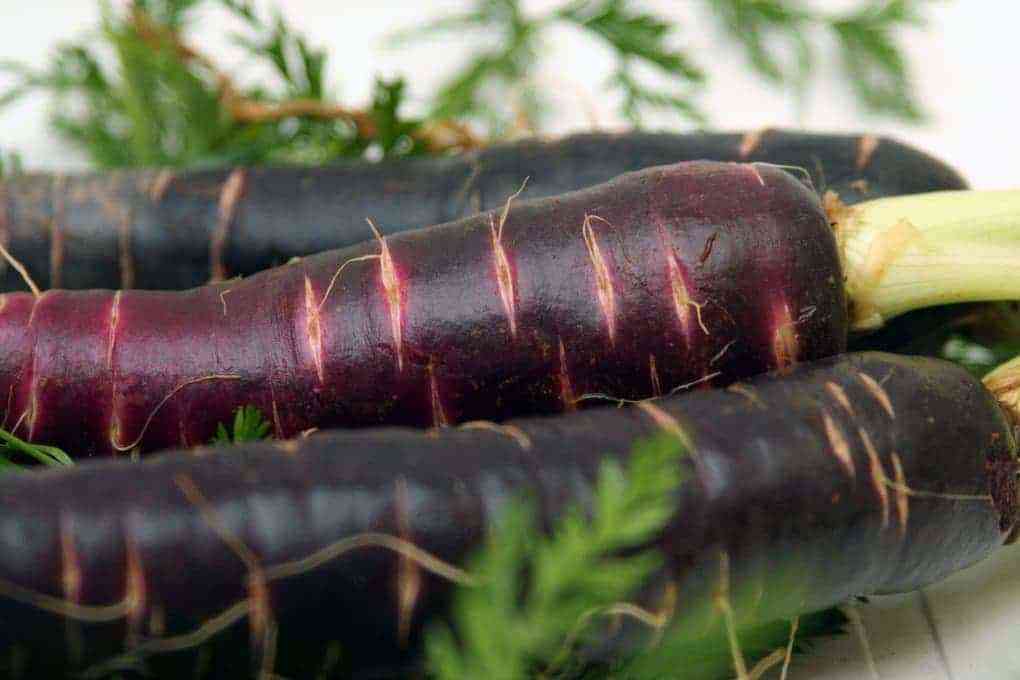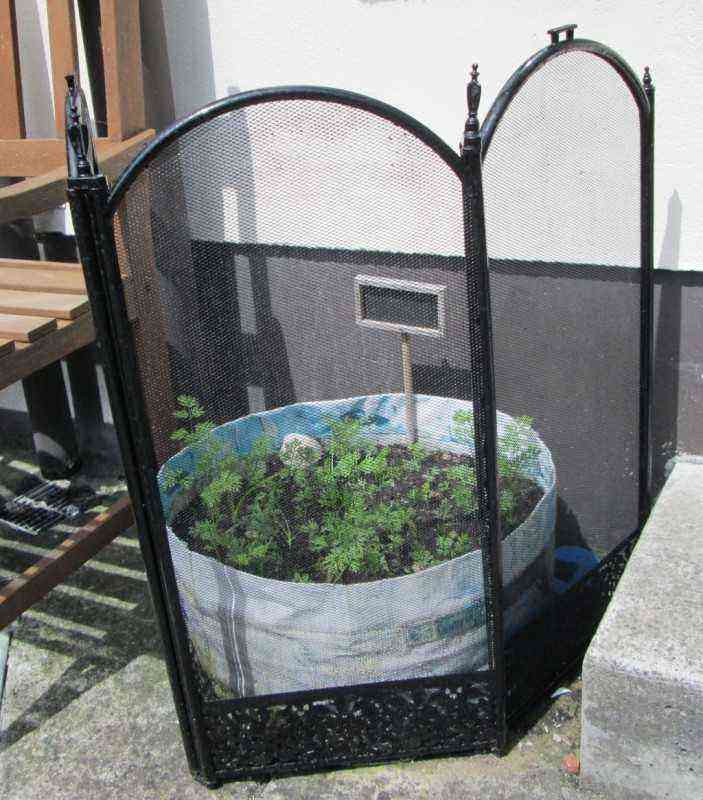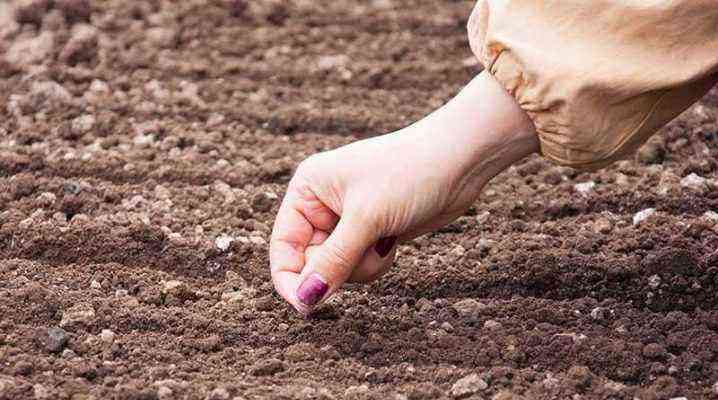Watering carrots in the open field for the proper development of root crops and a rich harvest is not required often, but constantly. At the very beginning, when the seeds are planted in the ground, germinate, the first shoots appear, carrots especially need warmth and moderate watering. Without relying on rainfall, agro-complexes successfully use drip irrigation and the application of water-soluble fertilizers, taking into account the appropriate concentration of the aqueous solution and the needs of carrots.
Norms of watering
In order for carrots to grow sweet, juicy, aligned along the entire length and gain weight, it is important to follow the watering norms.
- During sowing, emergence and formation of root crops – 23-32 cubic meters per hectare.
- From the beginning of intensive ripening of carrots to technical ripeness – 35-43 cubic meters.
- At the final stage – 22-27 cubic meters.
Culture water consumption
Carrots are responsive to uniform and optimal watering during all periods of their development. This vegetable is most demanding on moisture during the period from sowing seeds to the formation of plants, when the roots of carrots are just beginning to form, and during the intensive formation of root crops and leaf mass. High, stable yields without thoughtful moisture are impossible.
The use of drip irrigation in agricultural enterprises, at a flow rate of 4000-5500 cubic meters per hectare, allows you to get 75-80 tons per hectare, in some cases – and all 100.

Optimum level of natural rainfall
Favorable weather conditions during the germination of carrot seeds do not always add up: either dry and windy, or too rainy. In dry weather, you often have to moisten the soil, do not let it dry out. The optimal soil moisture regime for carrots is 75-80% HB (the lowest moisture capacity). The optimal level of precipitation with uniform distribution is 400-500 millimeters.
Important! After watering and rains, be sure to loosen the soil and prevent the formation of a dense crust so that the roots do not suffocate.
Period of maximum sensitivity
A high demand for irrigation of carrots is observed from sowing seeds to the development of the root system and leaf mass. The reason for the slow germination of seeds is in the dense seed coat and essential oils, which prevent the penetration of moisture and oxygen inside.
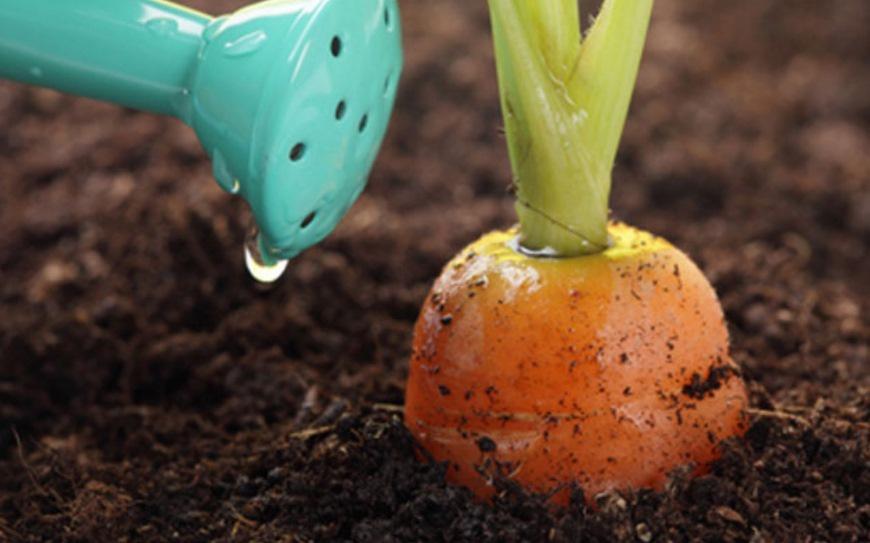
The lack of watering during the powerful development of root crops will manifest itself in the weakening of the plant, rough, woody fruits with a neutral or even bitter taste. And with excessive moisture, the fruits grow twisted, grow lush foliage.
Daily consumption
Drip irrigation rate for carrots:
| Irrigation regime | Soil composition | |||
| Sandy loam | Light and medium loam | Heavy loam | ||
| Soil moisture threshold before irrigation, % HB | ||||
| Development phase | I | 75 | 80 | 85 |
| II | 75 | 70 | 75 | |
| Soil moisture depth in centimeters | ||||
| Development phase | I | 50-55 | 40-45 | 35-40 |
| II | 55-60 | 45-50 | 40-45 | |
| Irrigation rate in cubic meters per hectare | ||||
| Watering phase | I | 115-130 | 115-130 | 95-105 |
| II | 135-150 | 180-200 | 190-215 | |
Soil moisture depth values depend on the planting scheme, the type of irrigation system, its capacity and the time interval between irrigations. The maximum water consumption for irrigation occurs in July-August. 15-20 days before harvesting carrots for storage, watering of plantations is stopped.
What are the risks of fluctuations
The lack of moisture during the period of the greatest requirement of carrots for water leads to a weakening of the plant, inhibition of development and cracking of the fruit, and then to a deterioration in taste. An excess of moisture in the initial period leads to waterlogging, water stagnation, the appearance of rot and other diseases, and, ultimately, to the death of plants or distortion of fruits during their intensive development.
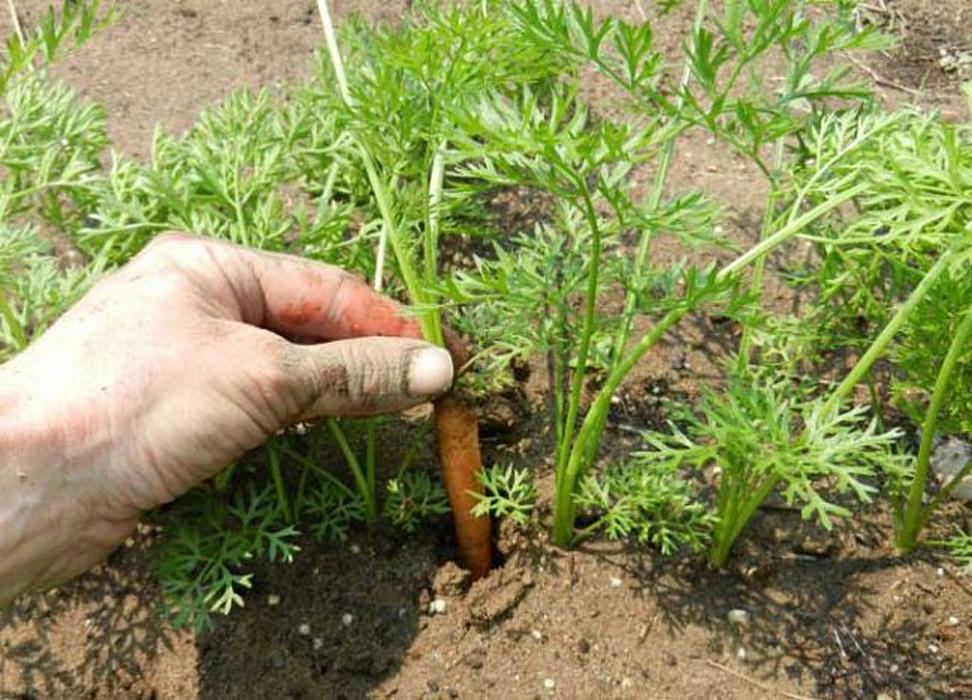
We water correctly
It is more rational to water the plantations in the evening.
Before sowing
It is important not to miss the optimal period for sowing carrot seeds, when the soil is saturated with natural moisture. The loosened and fertilized soil is well shed and the pre-soaked seeds are covered according to the scheme. Then water the sowing area again. For better germination, it is better to cover the plantation with a covering material.
After planting
After planting, you need to carefully monitor the humidity. The lack of moisture will affect the time of seed germination. Overwatering is also undesirable. Frequent rains lead to the formation of a cover crust, through which air does not enter the small roots, and the plants can suffocate.

When using drip irrigation, this does not happen, because the crust does not form on the surface, the root system of plants feels better. Only the sowing area is cultivated, the aisles remain dry, the soil structure is not disturbed.
carrot sprouts
After the emergence of seedlings, the covering material is removed. Irrigation is carried out in strict accordance with the schedule of watering and fertilizing. The advantage of drip irrigation is that the fertilizers dissolved in water, so necessary for the sprouts, are delivered strictly to the roots, which does not happen with the usual use of chemical fertilizers.
In the phase of root formation
During the formation of fruits, the volume of water supplied to the roots increases. To obtain tasty, juicy products, the frequency of irrigation is commensurate with the precipitation. If the rains are rare, the weather is hot, then the irrigation systems work more intensively. Leaves do not get wet during drip irrigation, insecticides and fungicides are not washed off, which means that diseases do not annoy plants.
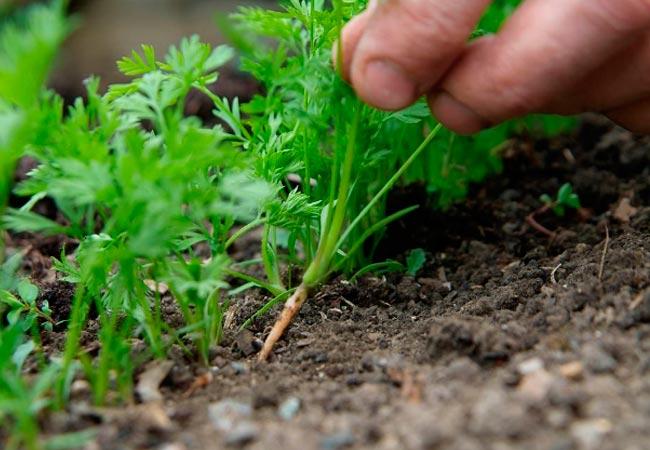
adult plants
At the last stage of development, when the roots have formed, the frequency and volume of irrigation are gradually reduced. The volume at this time decreases by 1,6 times from the maximum value. And 2-3 weeks before harvest, if there is no severe drought, carrot plantations intended for long-term storage are stopped.
Temperature and amount of water
Although carrots are considered a cold-resistant crop, the minimum temperature for seed germination is considered to be + 4 … + 6 degrees Celsius, and the optimal temperature is + 18 … + 25 degrees Celsius. High temperature and lack of moisture, as well as lowering the soil temperature to +10 degrees, slow down the growth of carrots. The negative impact of these factors is significantly reduced with drip irrigation.
A big plus of using an irrigation system is the leaching of salts near droppers.
The salty soil collected along the edges does not have a significant effect on the development of plants. Their roots take nutrients from the leached zone. The use of an irrigation system allows you to irrigate with non-cold water – it is partially heated when sprayed and does not produce a harmful effect.
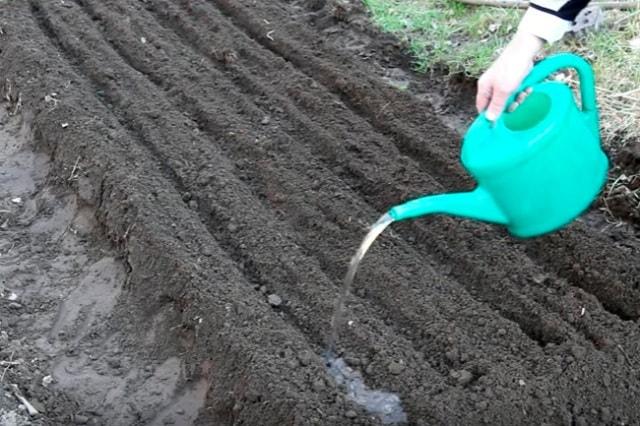
The people have long used the method of watering carrot plantings with salt water. It is justified when the culture is grown for children or to fully guarantee the naturalness of the product. Also, carrot plantings are treated with saline from pests and diseases. If the soil is heavy, infertile, then watering with salt will even be necessary.
The use of a salt solution leads to the rapid ripening of carrots and an improvement in taste.
Suitable sea and table salt. But to achieve different goals, you need to know the proportions and apply in the appropriate period. The next year after the application of saline, more than the norm of organic fertilizers is applied.
Relationship of hilling with soil moisture
During intensive growth, the tops of carrots begin to appear above the ground. If you do not spud in time, the carrot tops will turn green and will be unsuitable for food. Loosening with hilling is useful during heavy rainfall so that the soil is not compressed, as well as after weeding, thinning and watering.
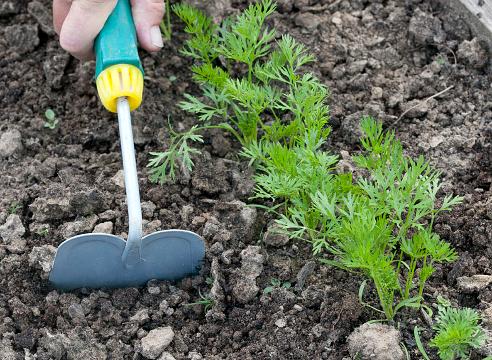
How to combine watering with top dressing
The joint use of the irrigation and fertigation system (the competent use of water-soluble fertilizers) allows you to get high yields, quickly recoup your costs, and reduce production costs by 1,5-2 times.
Fertilizers combined with irrigation are developed and used because they have significant advantages over the traditional method of applying fertilizers, which are highly concentrated, cause burns, and harm plants.
During fertigation, the values of the optimal concentration of fertilizers and their ratio are automatically adjusted, which means that expensive preparations are used more efficiently, which allows significant savings. Fertilizer application rates using this method are calculated in kilograms per hectare per day. A rich harvest of carrots will not keep you waiting. The market dictates new requirements for the quality and appearance of products. The use of new technologies fully meets these requirements.
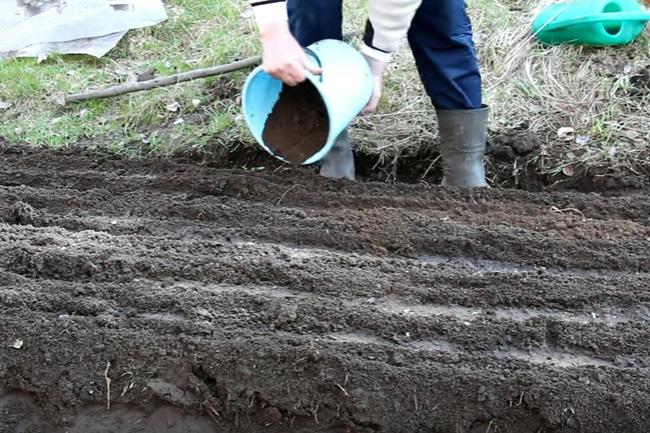
If mulched soil
Mulching the soil for carrots is justified during drought or prolonged intense heat. Mulch retains precious moisture, saves root crops from deformation.
Consequences of improper watering
Ill-considered watering, irrational, intermittent, without calculating the latest fertilizers, affects the crop in a bad way. A significant part of it is lost. Root crops are formed uneven, with cracking or branching, with disproportionately dense green foliage. This means that efforts and economic resources will be spent in vain.
